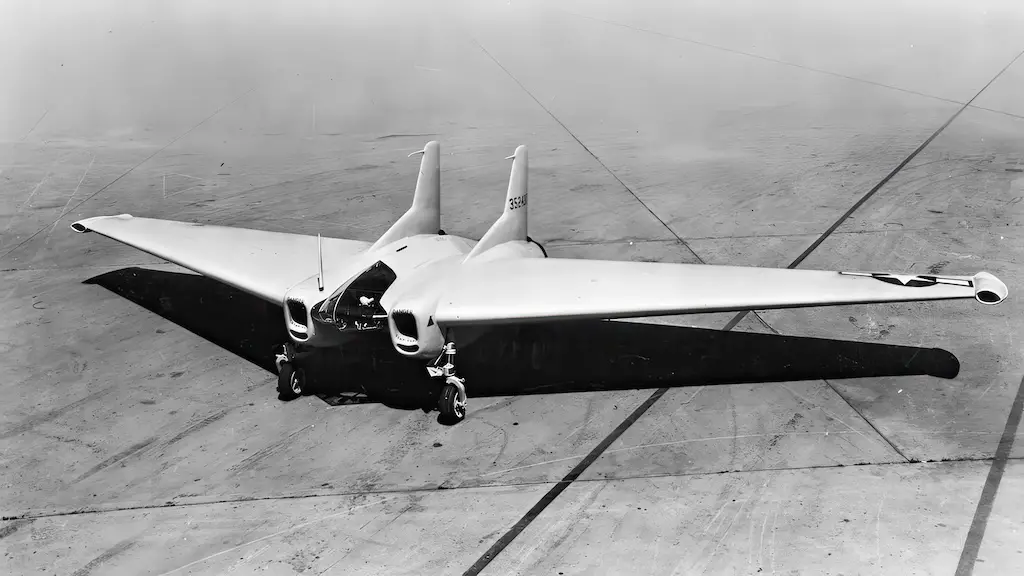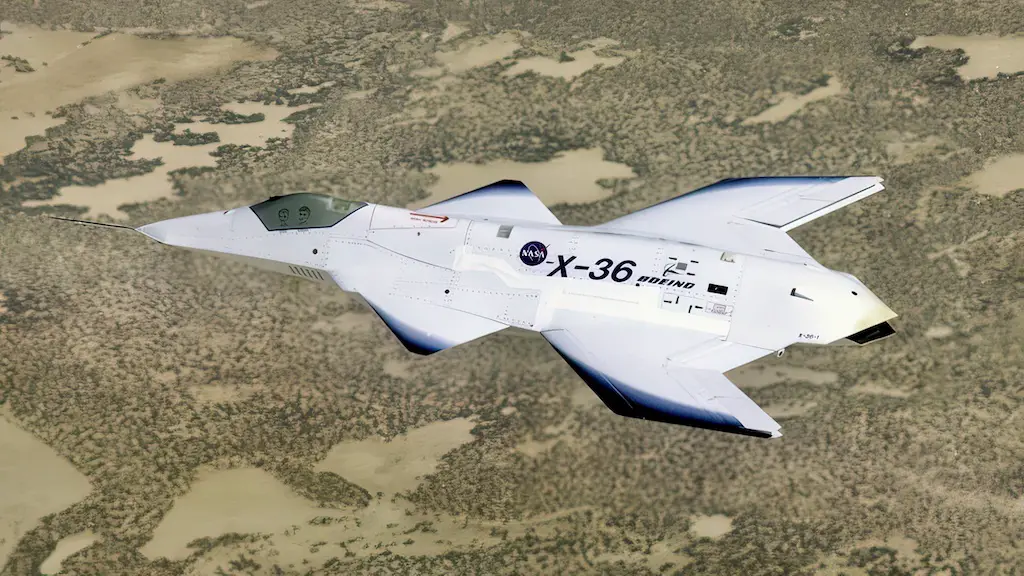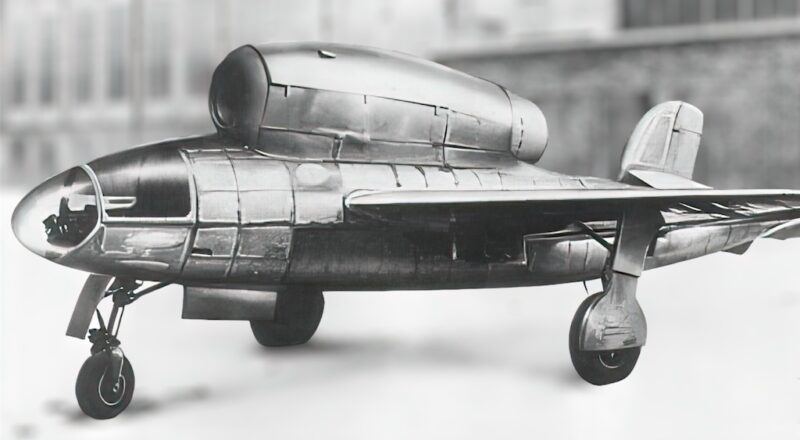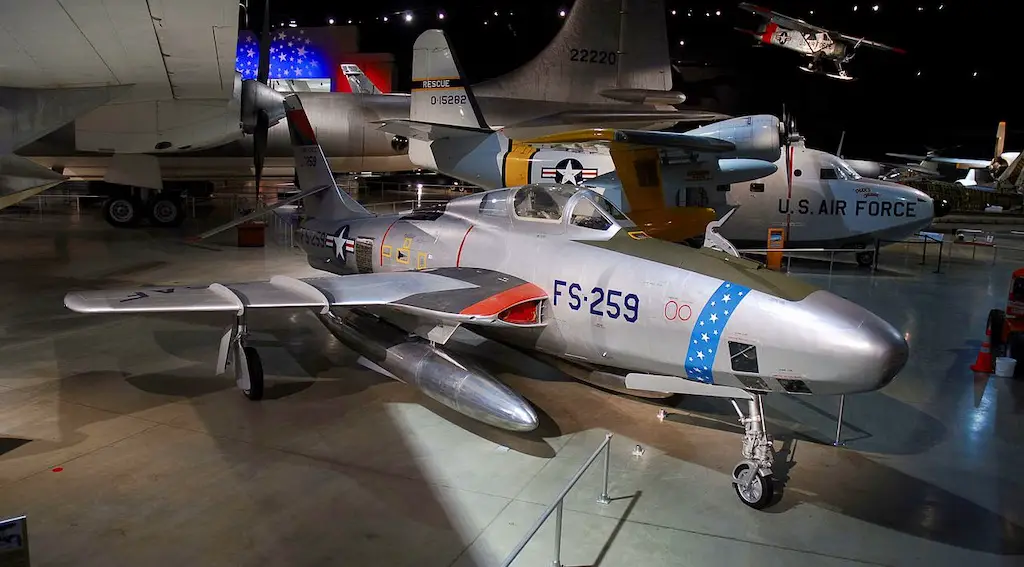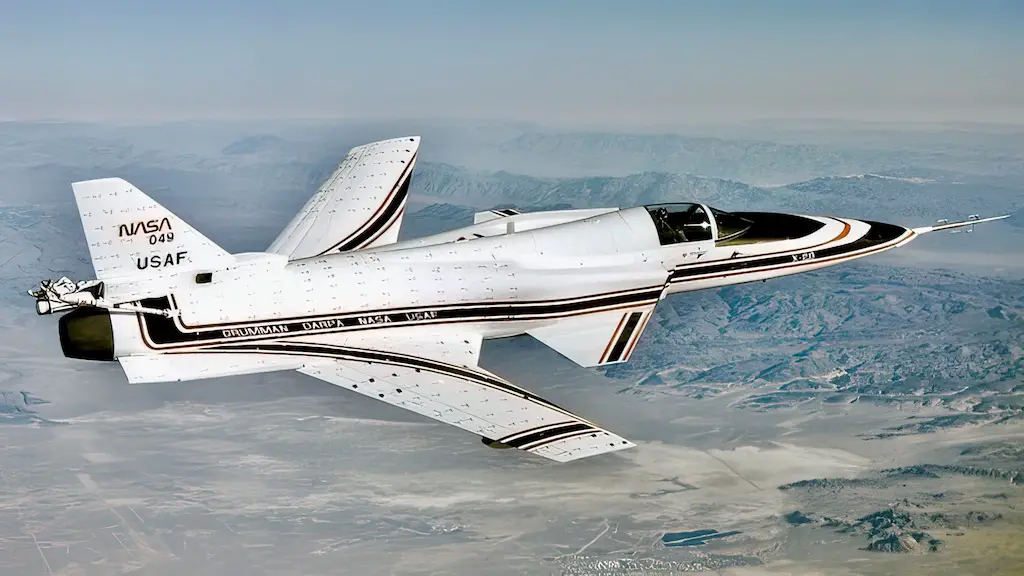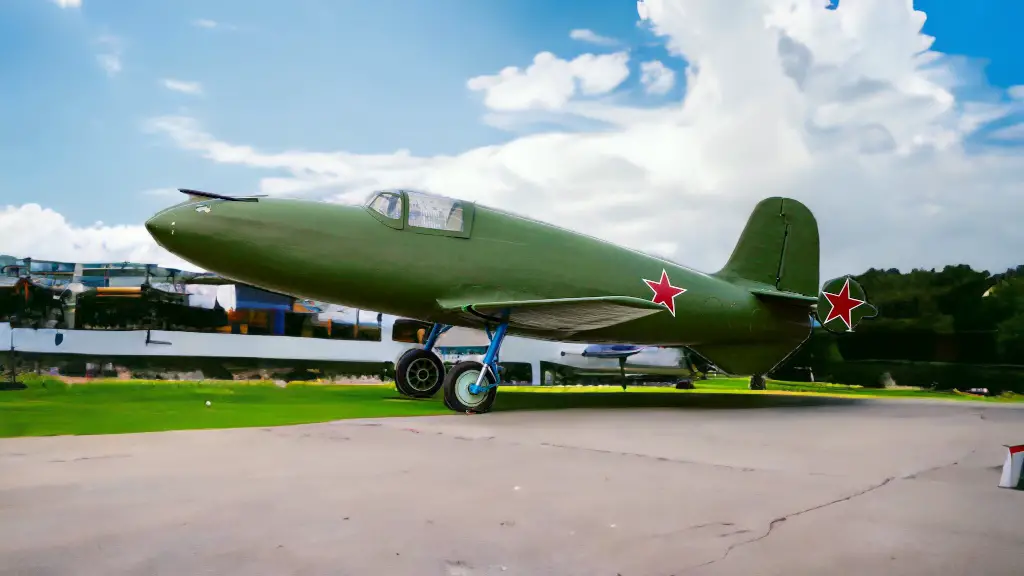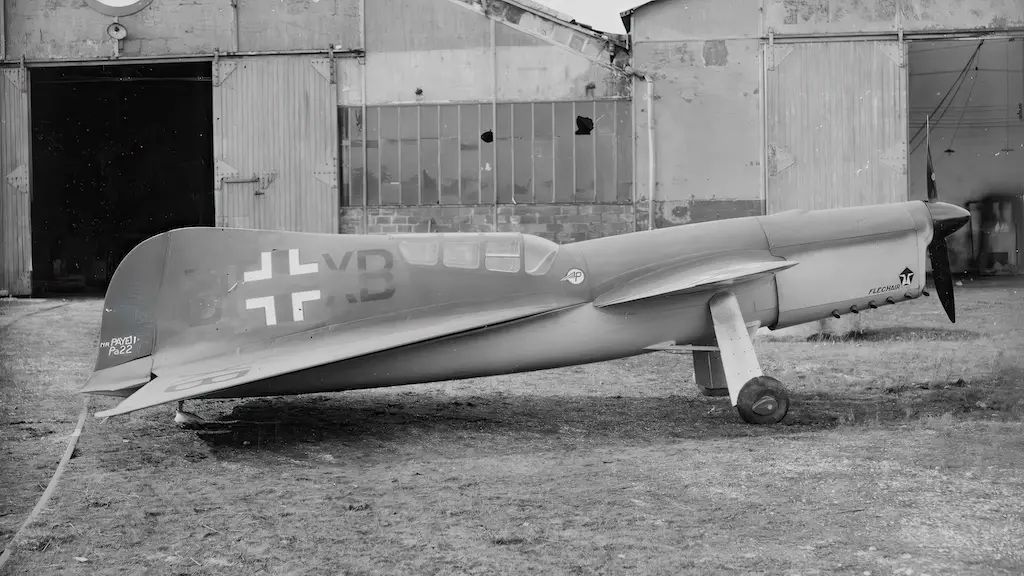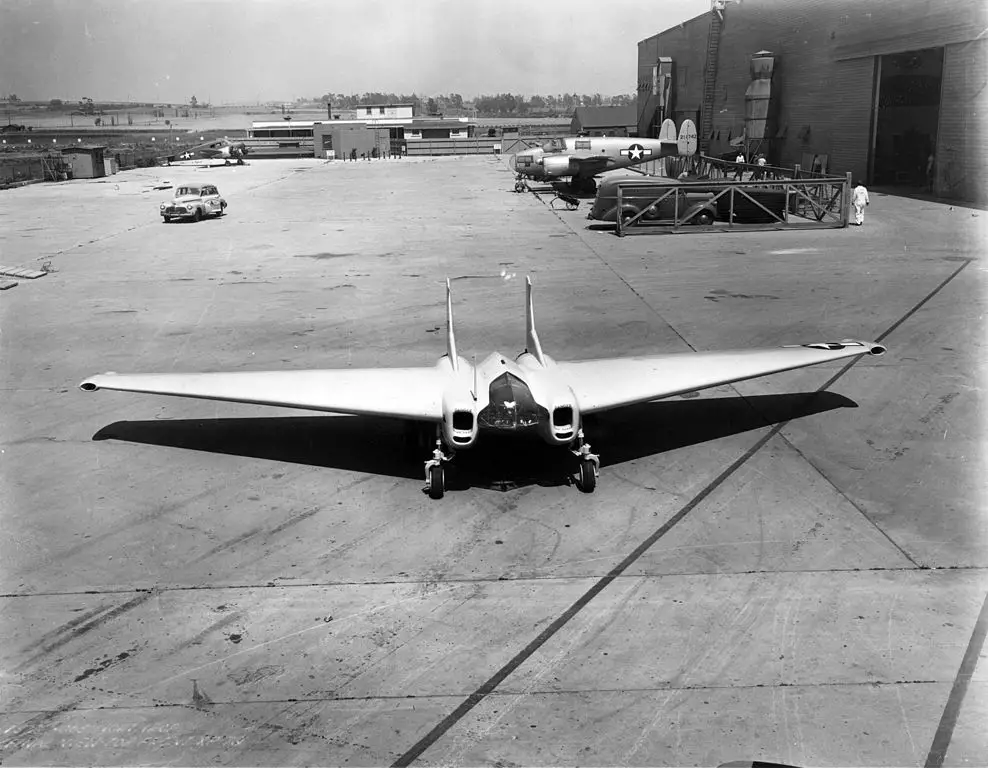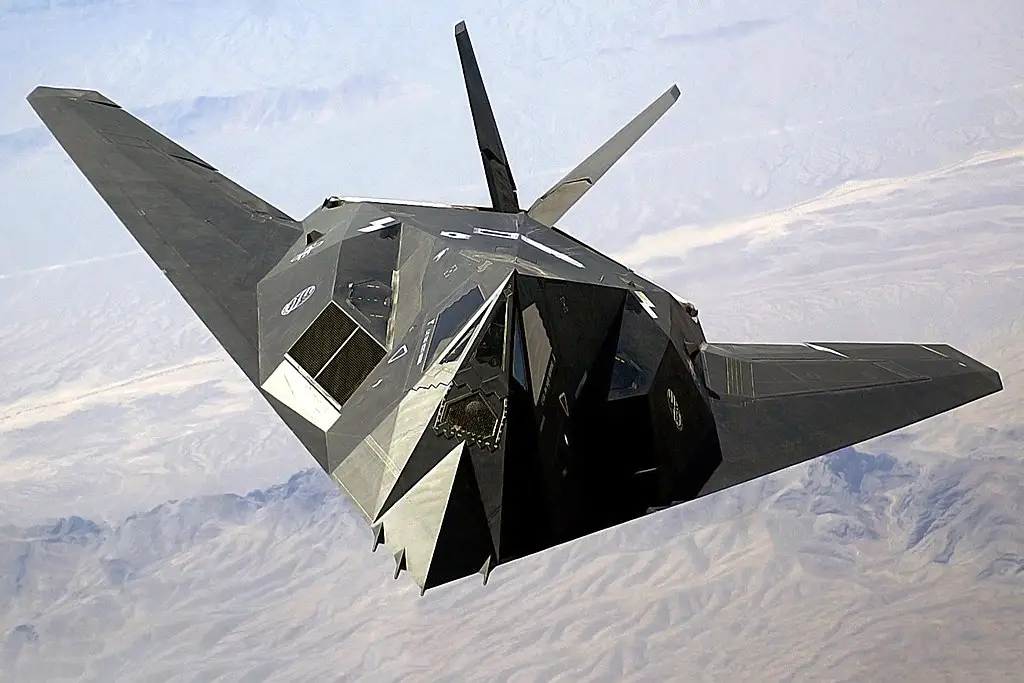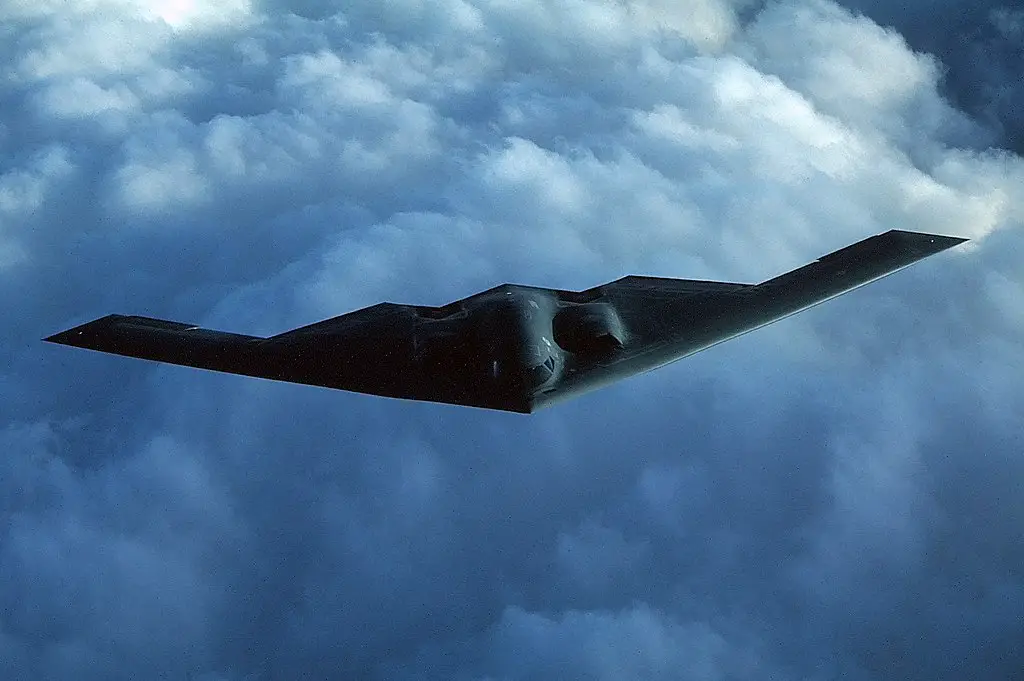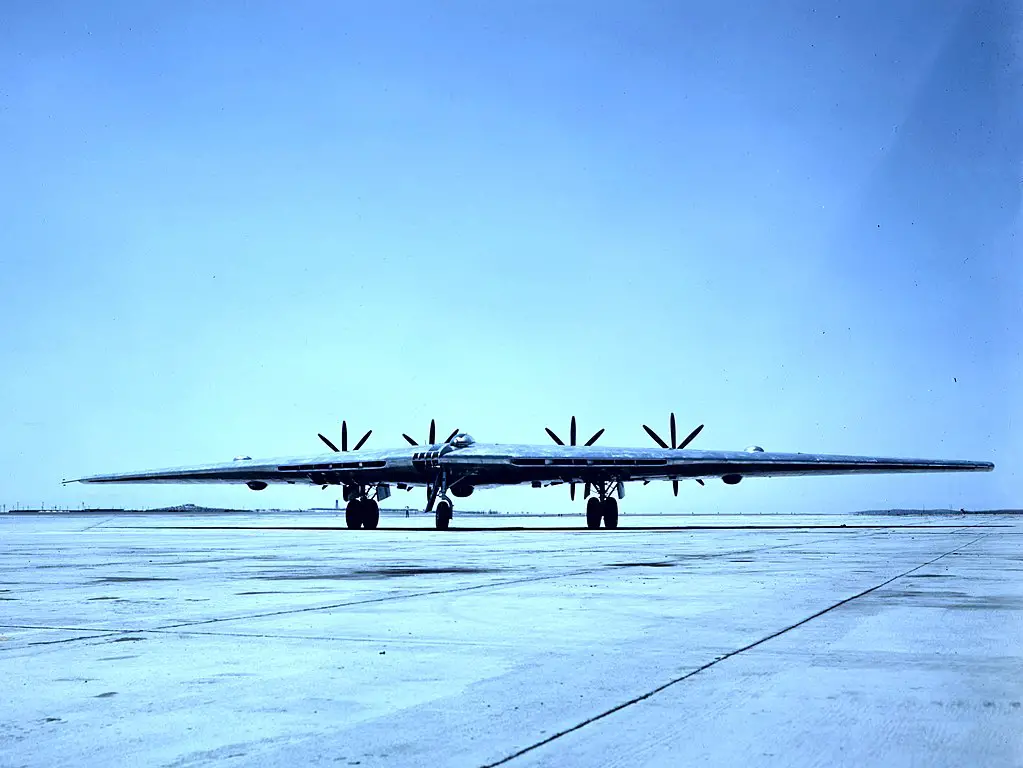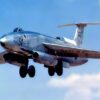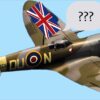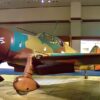Jack Northrop was well known for his lifelong obsession with flying wings. Alas, life proved to be more complex and the promising concept was realized in mass-produced aircraft, Lockheed F-117 Nighthawk and Northrop Grumman B-2 Spirit, only after his death.
But in the mid-1940s it seemed that flying wing planes’ bright future was just around the corner. To rush that new era in, Northrop was working not just on the gigantic YB-35 strategic bomber, but also on a small jet-powered interceptor, the XP-79. In this unconventional project Northrop explored a whole set of very unorthodox design solutions and concepts, the flying wing scheme being just one of them.
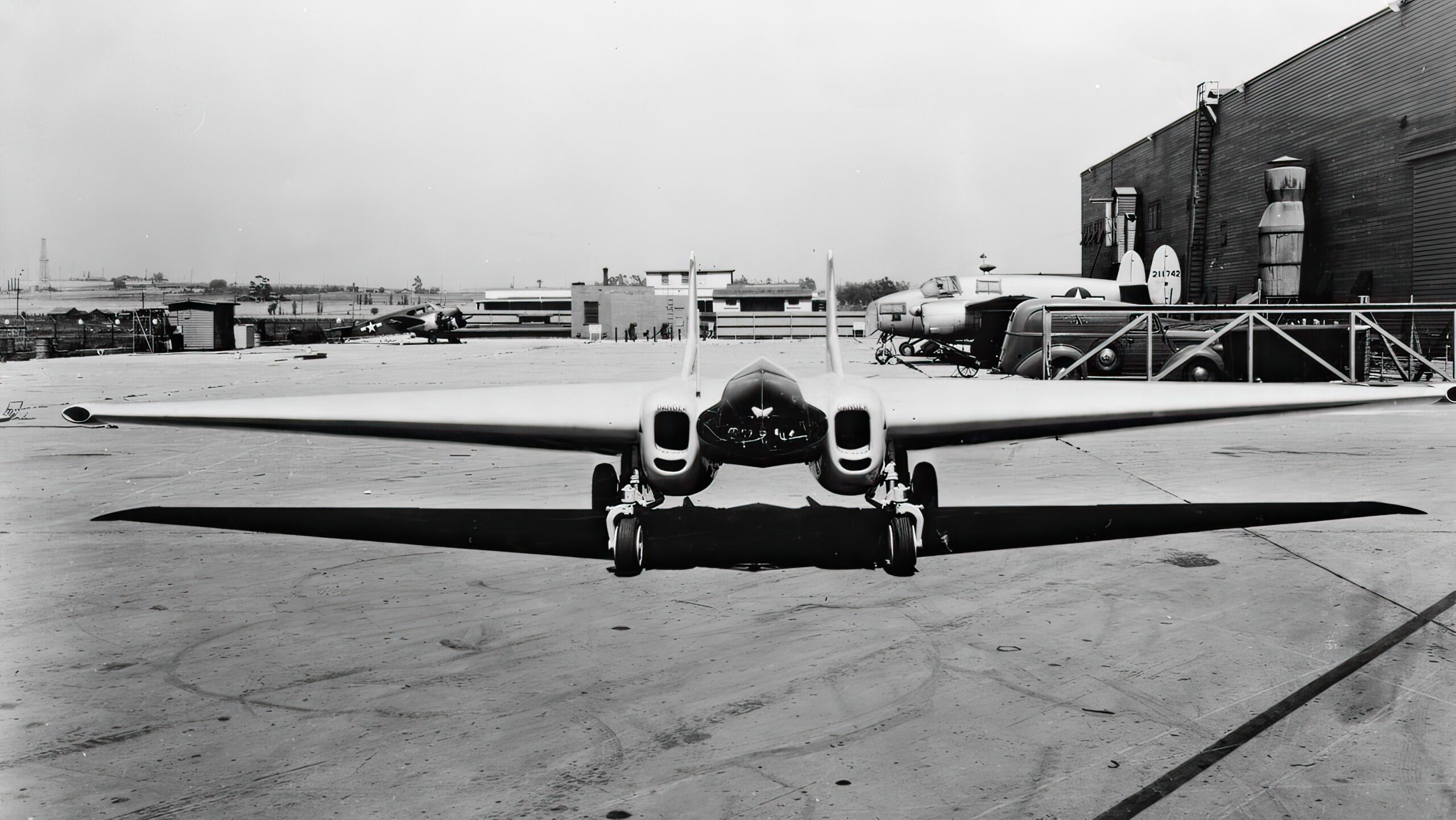
Ramming enemy bombers
The wildest idea associated with XP-79 project was to use the interceptor as a flying ram that would destroy enemy aircraft by literally hitting them and slicing off their tail or wing surfaces. The pilot was seated in a prone position, lying on their stomach, permitting them to withstand much greater g-forces in pitch. To stand up to that extraordinary task, the aircraft featured a magnesium alloy welded structure with reinforced wing leading edges intended to withstand the impact. It was nicknamed “The Flying Chainsaw.” In addition to this crazy technique, an XP-79 pilot would operate four 0.5in machine guns located in the wing center section.
Pioneering the rocket propulsion
For preliminary testing of the concept Northrop built several gliders. At the early testing stages, they were towed by a Lockheed P-38. But the plan was to power the XP-79 with a rocket engine that would propel the aircraft to speeds beyond 800 mph. So, one of the gliders was later equipped with a 2,000-lb Aerojet XCAL-200 rocket motor. Flying in that configuration on July 5, 1944, the glider designated MX-324 became the first US aircraft to make a rocket-powered flight. However, the rocket motor used corrosive red fuming nitric acid (RFNA) as oxidizer and would be hazardous in operation.
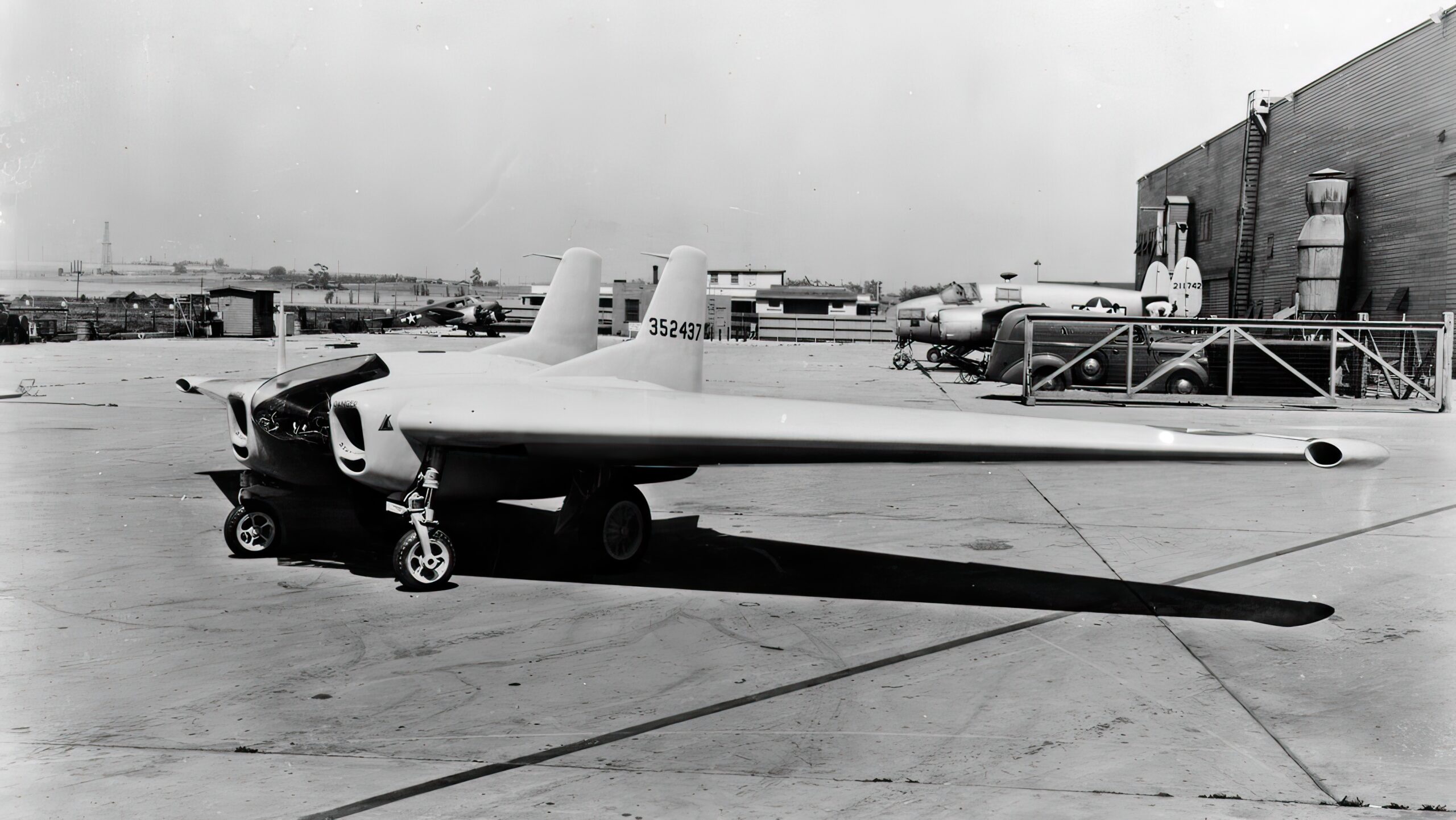
The ultimate turbojet variant
Instead of a single rocket motor, the final powered prototype, designated XP-79B, had a pair of Westinghouse J-30 turbojets, providing a total of 2,300 lb of thrust. Between them was located a glazed cockpit with a specially designed ‘couch,’ where the pilot lied on his stomach. Putting the pilot in prone position aimed to reduce the aircraft’s frontal area and, consequently, decrease drag, while also mitigating the effects of high g-forces on the flier. In theory, this arrangement would allow for tolerance of up to 21 g’s.
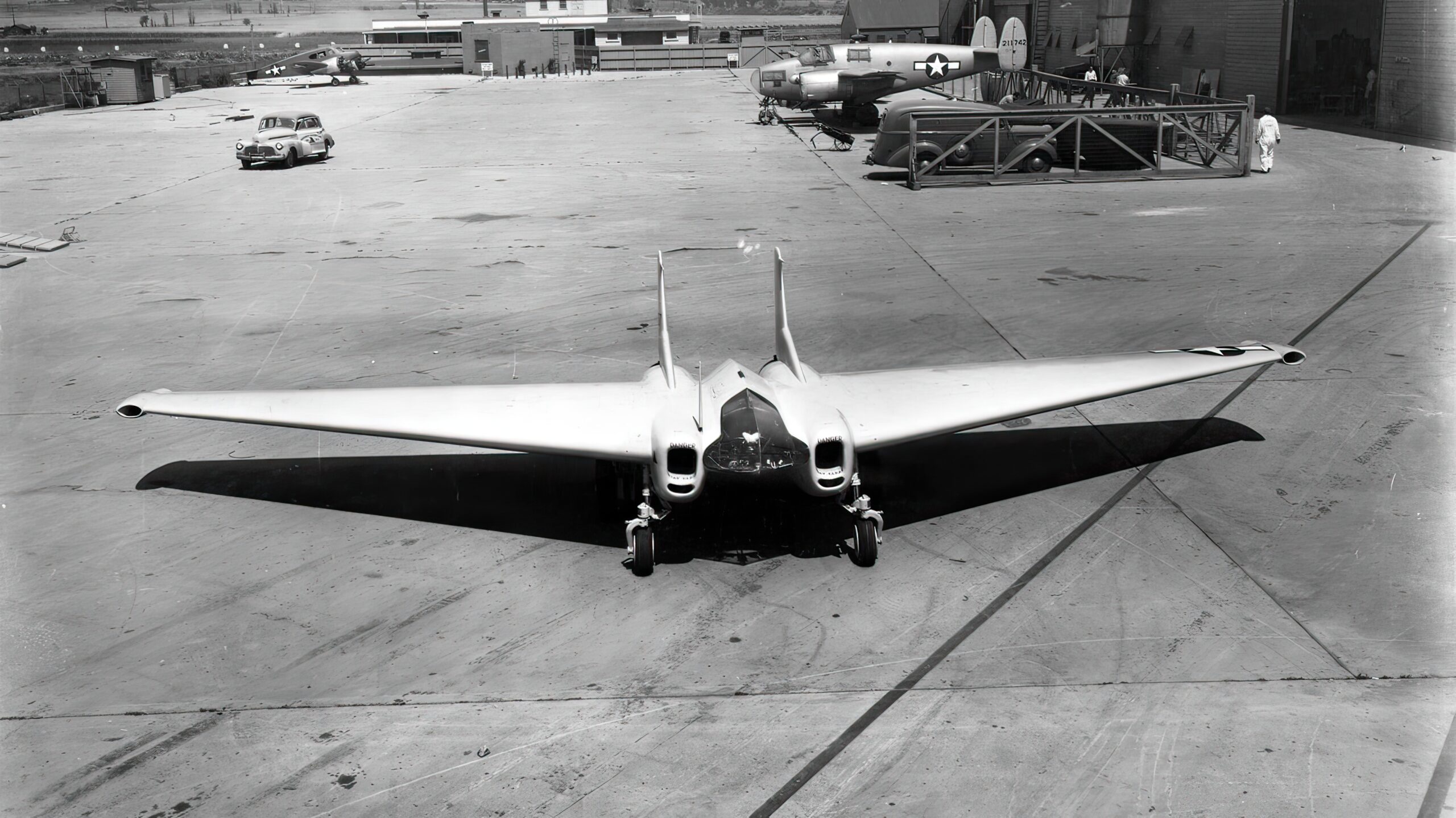
The single fatal flight
On September 12, 1945, the XP-79B took off from the Muroc Test Center for its first flight with test pilot Harry Crosby at the controls. Fifteen minutes into the flight, the aircraft entered a nose-down spin after stalling during a climbing turn. Unable to recover control, Crosby tried to bail out, but his parachute failed to open. The prototype rammed into the ground and went up in flames.
The investigation found that the crash was caused by trim control issues. Although they could be resolved quite easily, the project was cancelled. The war had just ended, and with jet fighter designs of less eccentric nature proliferating, a highly unconventional flying wing interceptor didn’t look so attractive anymore. Especially, one envisaging a very dangerous and somewhat kamikaze-ish combat tactic.

